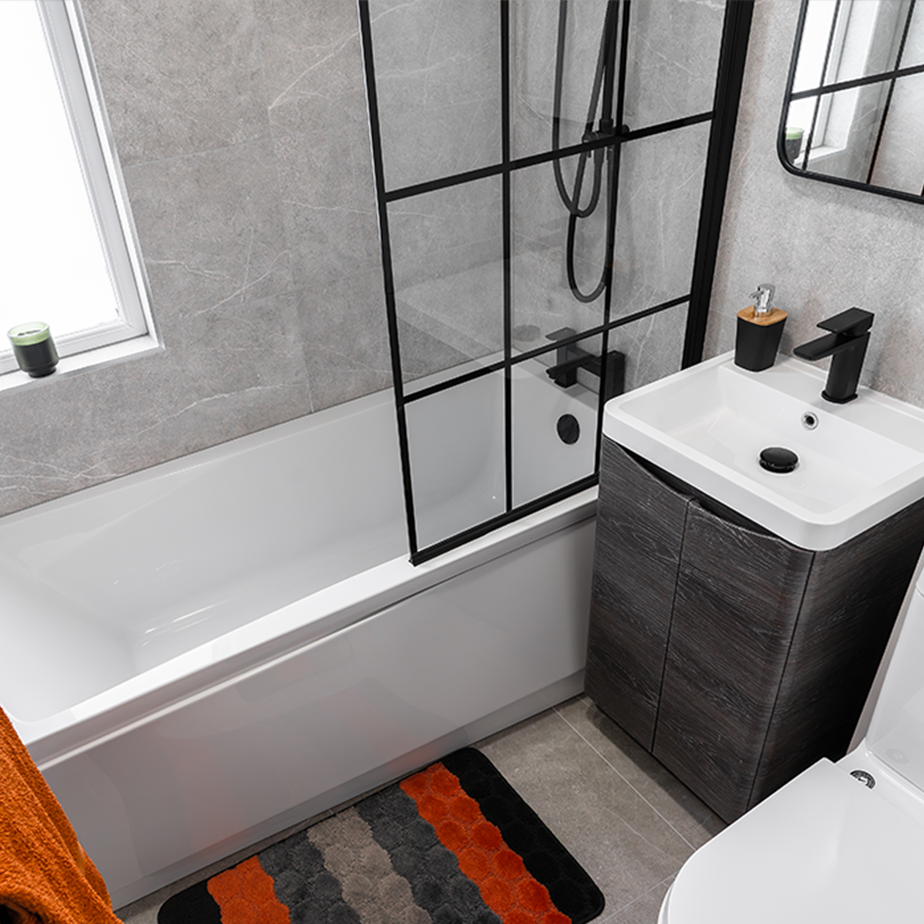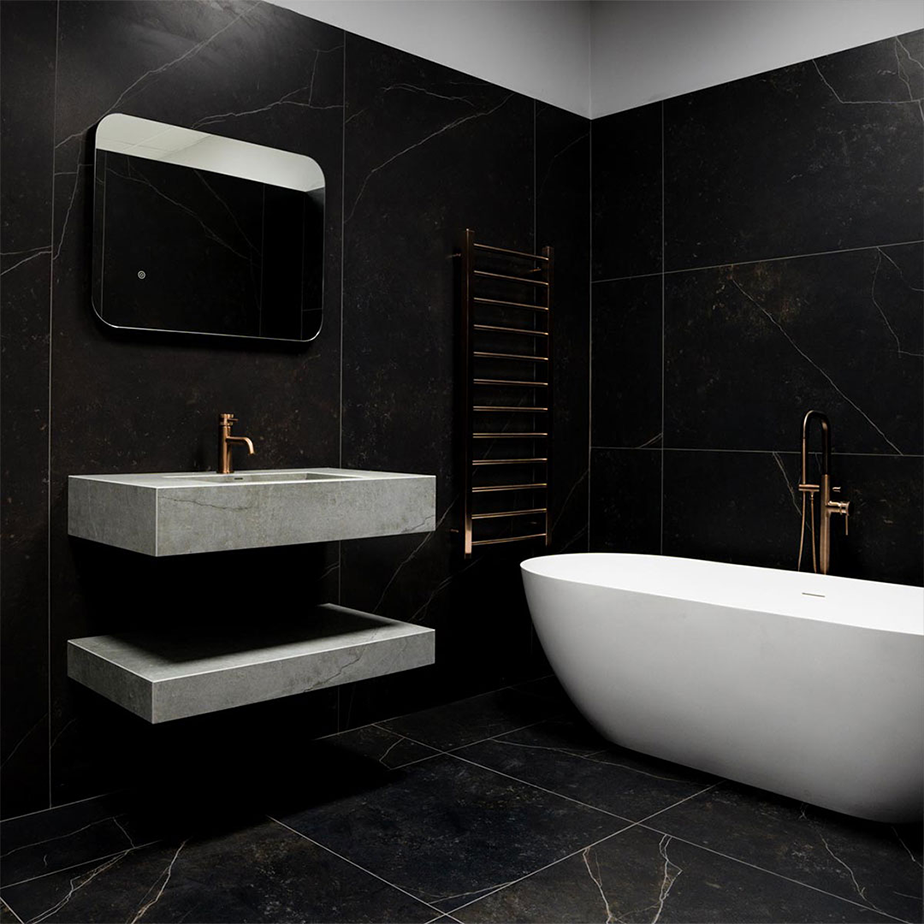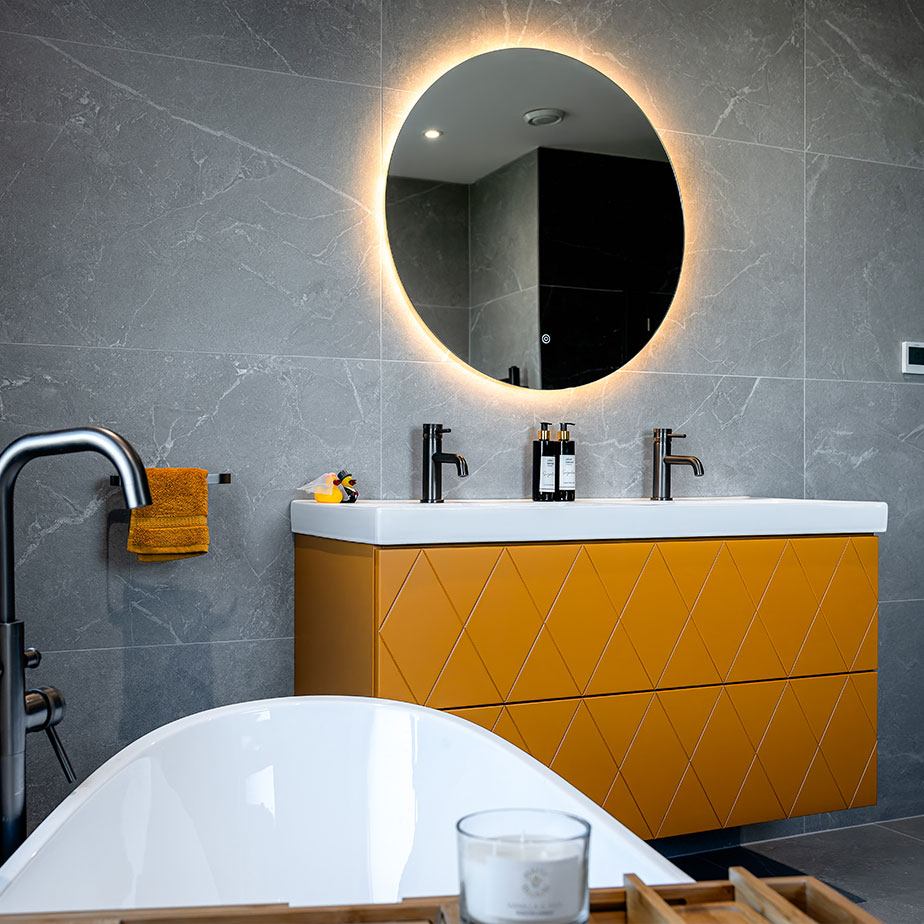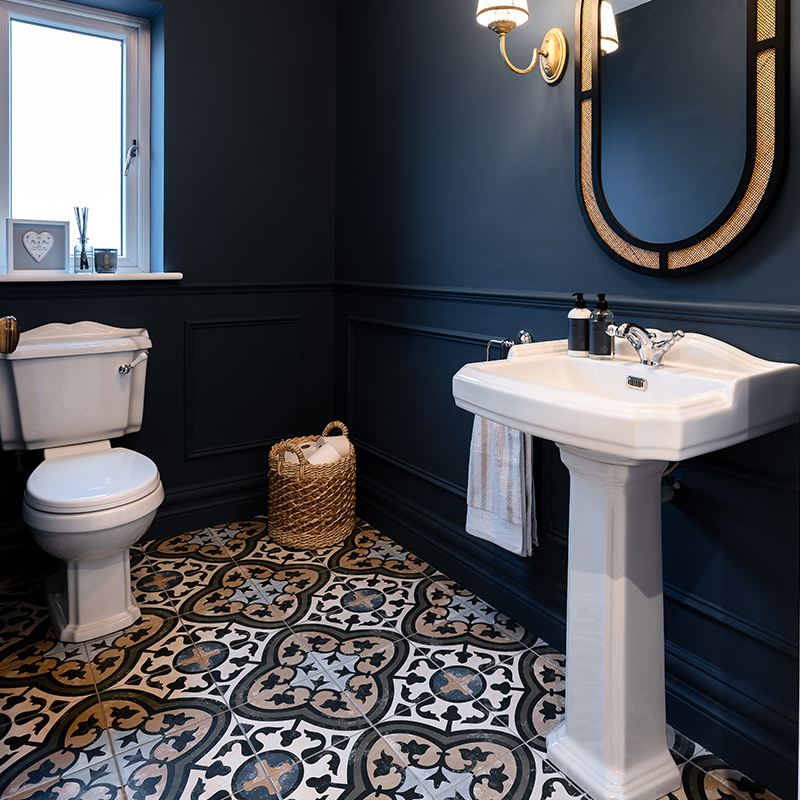What's The Best Radiator To Go For?
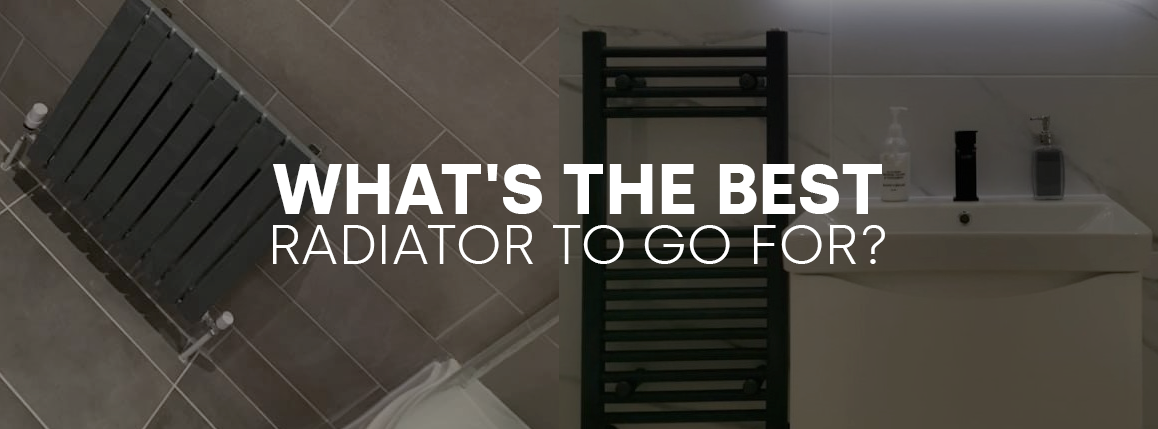
Introduction
Whether you’re undertaking full-scale renovations or need to make a few upgrades in your home, choosing a radiator may be the last thing on your mind. With various designs, materials, and heat outputs, choosing a radiator requires more thought than you might think.
At Bath Shack, we make the process easier by outlining what you need to know to find the perfect radiator for your home.
Summary
To choose the correct radiator, you’ll need to know about the different design options on the market today, as well as installation logistics.
In this guide, you’ll learn:
Which radiator design is most effective
Everything you need to know to choose the best radiator for your room
Which central heating radiators are the most efficient
The pros and cons of aluminium radiators vs. steel radiators
What are the most effective radiators?
Generally, the larger the radiator, the greater its heat output. However, if you don’t have space for a large radiator, compact designs are also an option. The material of the radiator will also determine the effectiveness.
Though they take a long time to heat up, traditional cast iron radiators hold heat long after the central heating system is off. This makes them an excellent choice for rooms that require a lot of heat.
How do I choose the right radiator?
1) Understand BTU
The first step to choosing the correct radiator is to figure out how many BTUs (British Thermal Units) you need to heat your room. Once you’ve figured out the required BTUs, you can search for radiators with an output range to fit this value.
Take all the guesswork out of which radiator size you will need to heat your room using our BTU calculator. All you need to do is fill in the room’s dimensions, select the type of room, and select any additional relevant information such as double-glazed windows or patio doors.
2) Picking the right design
The right radiator design will depend on the radiator’s function, as well as the room you plan to install it in.
Towel rails
Heated towel rails are often electric or dual fuel, allowing you to turn them on independently of your central heating system. For a more traditional look, the straight heated towel rail in chrome is a great choice. We also carry towel rails in anthracite stainless steel for bathrooms with a more modern design.
Vertical radiators
Unlike the traditional horizontal radiator, vertical radiators are taller than they are wide. These dimensions make them more of a statement piece and often function as part of the decor in the room. For those looking to add to the functionality of their radiator, we carry a mirrored radiator in anthracite. To heat your room twice as fast and make a statement, the double radiator in anthracite steel is a perfect choice.
Horizontal radiators
For spaces beneath windows, the classic horizontal radiator is still a great choice. The single panel compact radiator can be hidden behind furniture or placed in hallways. For period homes, the traditional English cast iron radiator looks stunning in Victorian-style bathrooms.
What is the most efficient central heating radiator?
To connect your radiator to your existing central heating system, you’ll typically be looking for a plumbed radiator. Suppose you’re replacing an existing plumbed radiator. In that case, you’ll be able to switch it out for a new one easily. Still, if you’re adding a plumbed radiator to a new space, you’ll need to make sure your boiler has the capacity for this addition.
To maximize the efficiency of your central heating radiator, look for the following features:
Aluminium material. Aluminium is a superconductor, meaning it heats up almost instantaneously and requires very little energy.
Dual fuel. This type of radiator is a combination of plumbed and electric styles. Dual fuel radiators can be run using your central heating system in the winter but can also be used independently in the summer when you don’t want to heat your entire home.
Are aluminium radiators better than steel?
Aluminium radiators will heat up more quickly than other materials, including steel. However, this material cools down just as quickly. Deciding whether an aluminium radiator or a stainless steel radiator is better will depend entirely on which room you plan to put the radiator in.
If you want the room to continue to be heated after the radiator is off, steel is the better choice. This material is prevalent in towel racks, which you’ll want to use to dry out your towels.
On the other hand, if you want your radiator to heat your room on cool mornings but don’t want it to retain heat once the sun starts warming your home, an aluminium radiator is probably the best choice.
